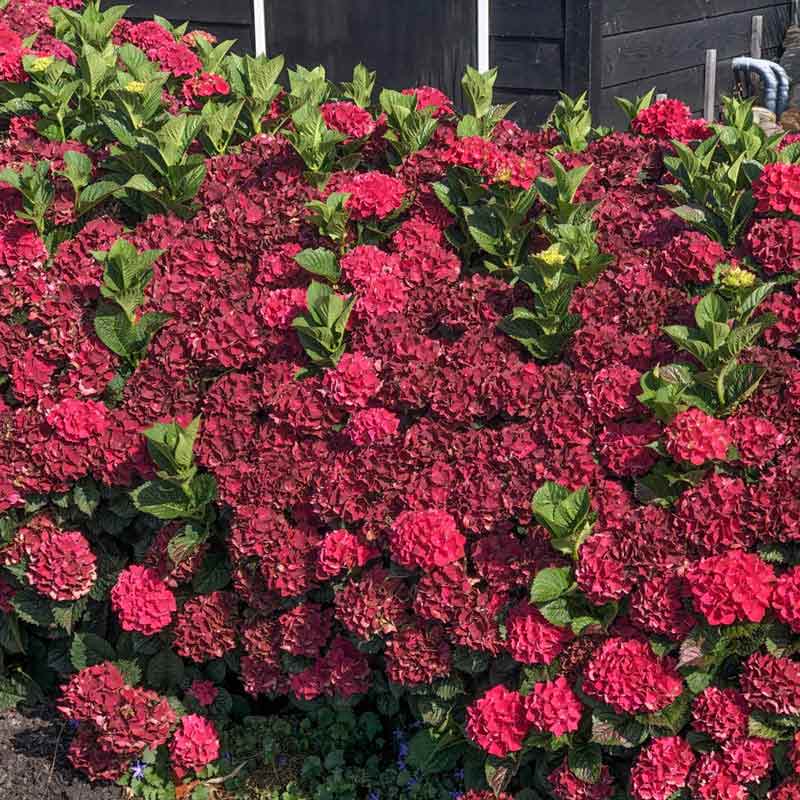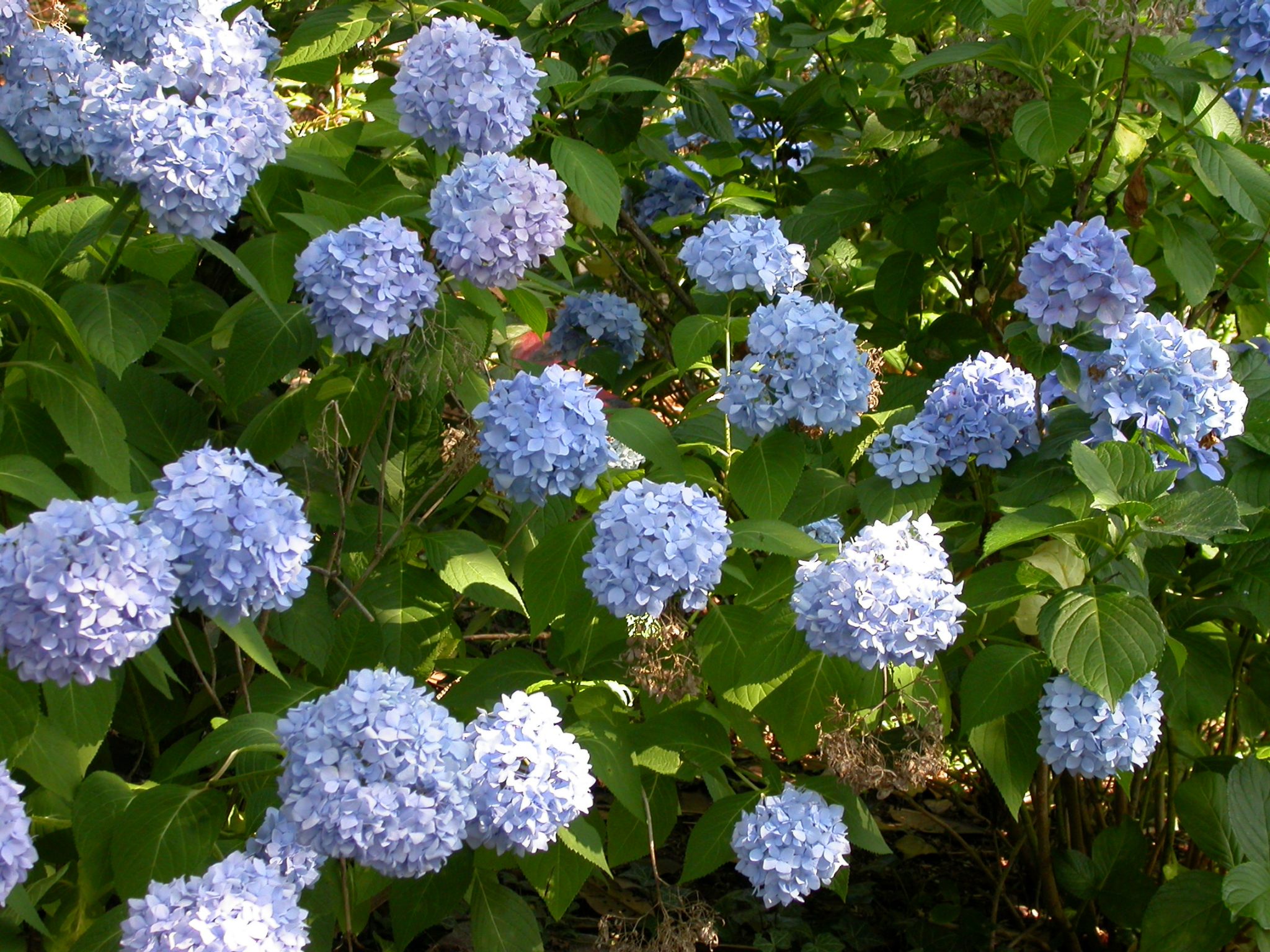Crimson Hydrangeas: The Ultimate Guide To Growing And Caring For These Stunning Blooms
Crimson Hydrangeas: The Ultimate Guide to Growing and Caring for These Stunning Blooms
Hydrangeas are some of the most popular flowering shrubs in the world, and for good reason. They come in a wide variety of colors, sizes, and shapes, and they can be grown in a variety of climates. Crimson hydrangeas are one of the most popular varieties, and they are known for their deep, vibrant red blooms.
If you are thinking about adding crimson hydrangeas to your garden, there are a few things you need to know. In this blog post, we will discuss everything you need to know about growing and caring for these stunning blooms.
Introduction
Crimson hydrangeas (Hydrangea macrophylla) are a type of mophead hydrangea. They are native to Japan and China, and they are known for their large, round clusters of flowers. The flowers of crimson hydrangeas can be a deep, vibrant red, or they can be a lighter shade of pink. The color of the flowers depends on the acidity of the soil. In alkaline soil, the flowers will be pink, while in acidic soil, the flowers will be red.
Crimson hydrangeas are a relatively easy plant to grow, but they do require some basic care. They need full sun to partial shade, and they need well-drained soil. They are also a heavy feeder, so they will need to be fertilized regularly.
Main Content
Choosing the Right Location
The first step to growing crimson hydrangeas is to choose the right location. Crimson hydrangeas need full sun to partial shade. If you live in a hot climate, you may want to plant them in a location that gets some afternoon shade.
Crimson hydrangeas also need well-drained soil. If your soil is heavy clay, you will need to amend it with compost or sand.
Planting
Crimson hydrangeas can be planted in the spring or fall. When planting, dig a hole that is twice as wide and as deep as the root ball. Backfill the hole with soil, and water the plant well.
Fertilizing
Crimson hydrangeas are a heavy feeder, so they will need to be fertilized regularly. You can fertilize them with a balanced fertilizer, such as 10-10-10, in the spring and fall.
Watering
Crimson hydrangeas need regular watering, especially during the first year after planting. Once the plant is established, it will need less water.
Pruning
Crimson hydrangeas do not need to be pruned heavily. You can simply remove any dead or diseased branches in the spring. If you want to encourage more blooms, you can prune the plant back by one-third in the late winter.
Overwintering
In cold climates, crimson hydrangeas may need to be protected from the cold. You can do this by covering the plant with a burlap sack or by mulching the soil around the plant.
Troubleshooting
If your crimson hydrangeas are not blooming, there are a few possible reasons. One possibility is that the plant is not getting enough sunlight. Another possibility is that the plant is not getting enough water. Finally, the plant may not be getting enough fertilizer.
If your crimson hydrangeas are wilting, it is likely that the plant is not getting enough water. Water the plant well, and the wilting should stop.
Conclusion
Crimson hydrangeas are a beautiful and easy-to-grow plant. With a little basic care, you can enjoy their stunning blooms for years to come.
Crimson hydrangeas are a beautiful and stunning addition to any garden. Their large, vibrant blooms can brighten up any space, and they are relatively easy to care for. If you are looking for a way to add some color and life to your garden, a crimson hydrangea is a great option.
To learn more about crimson hydrangeas, I recommend visiting . This website has a wealth of information about these beautiful plants, including their history, care requirements, and varieties. You can also find photos and videos of crimson hydrangeas in bloom, as well as tips on how to plant and care for them in your own garden.
I hope this helps!
FAQ of crimson hydrangea
1. What is a crimson hydrangea?
A crimson hydrangea is a type of hydrangea that produces flowers that are a deep red or crimson color. They are a popular choice for gardens because they are relatively easy to care for and their flowers are very showy.
2. What is the best time to plant a crimson hydrangea?
The best time to plant a crimson hydrangea is in the spring or fall. This will give the plant time to establish itself before the hot summer weather arrives.
3. How do I care for a crimson hydrangea?
Crimson hydrangeas need full sun to partial shade and moist, well-drained soil. They should be watered regularly, especially during hot, dry weather. In the fall, you can add a layer of mulch around the plant to help retain moisture and protect the roots from the cold.
4. What are the different colors of crimson hydrangeas?
The color of crimson hydrangeas can vary depending on the soil pH. In acidic soil, the flowers will be a deep red color. In neutral or alkaline soil, the flowers will be pink or blue.
5. How do I get my crimson hydrangea to bloom?
Crimson hydrangeas need a long period of cool weather in order to bloom. If you live in a warm climate, you may need to protect your plant from the hot summer sun. You can also help your plant bloom by fertilizing it in the spring and fall.
Image of crimson hydrangea
5 different images of "crimson hydrangea" from Pinterest.com:
- Image 1: A full bloom of crimson hydrangeas in a vase. The flowers are a deep, rich red color and they are arranged in a beautiful bouquet.

- Image 2: A close-up of a single crimson hydrangea flower. The petals are a dark red color and they are very delicate and beautiful.

- Image 3: A cluster of crimson hydrangeas growing in a garden. The flowers are a bright red color and they are surrounded by lush green leaves.

- Image 4: A single crimson hydrangea flower against a white background. The flower is a deep red color and it is very vibrant.

- Image 5: A field of crimson hydrangeas in bloom. The flowers are a bright red color and they are spread out across a green field.

Post a Comment for "Crimson Hydrangeas: The Ultimate Guide To Growing And Caring For These Stunning Blooms"